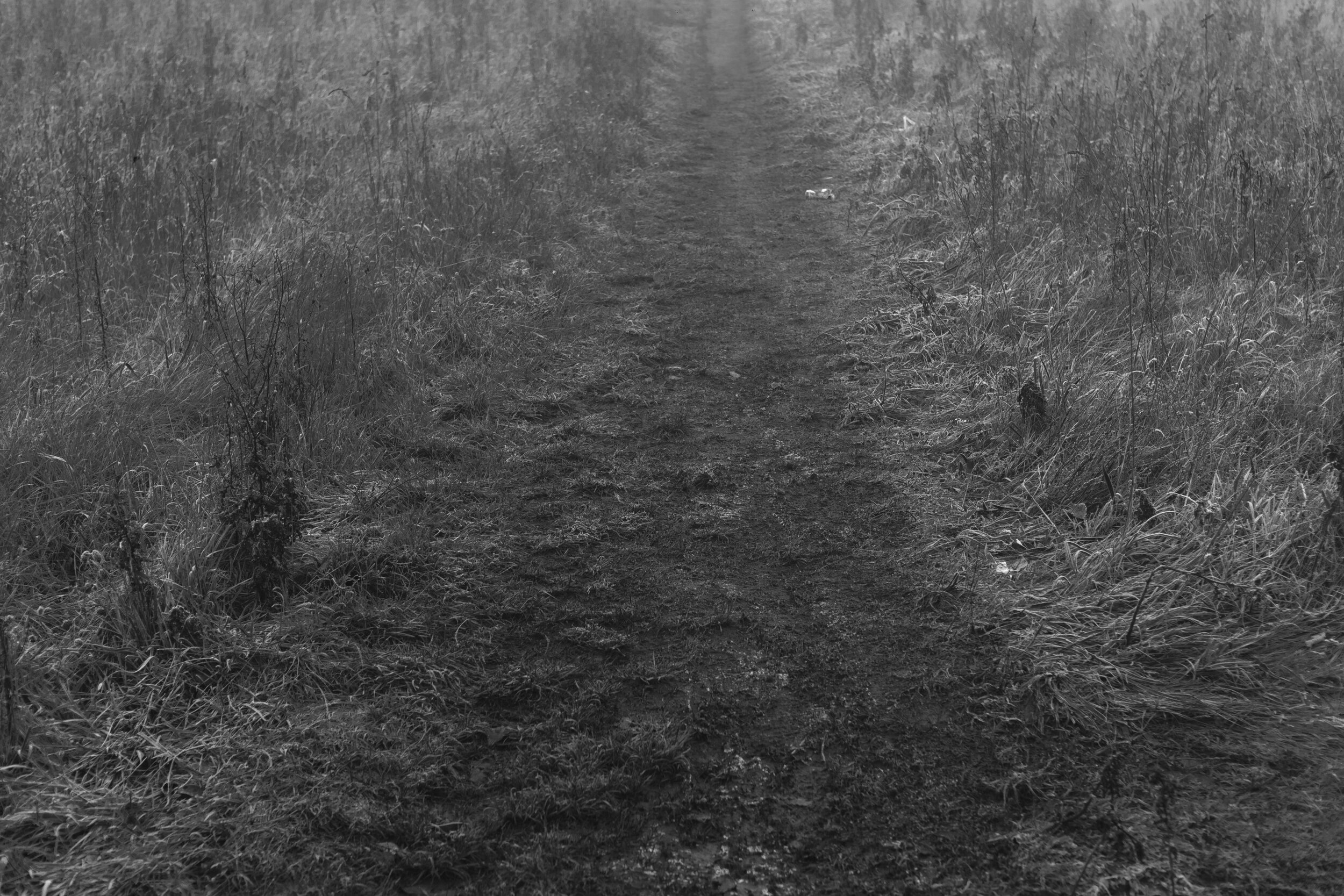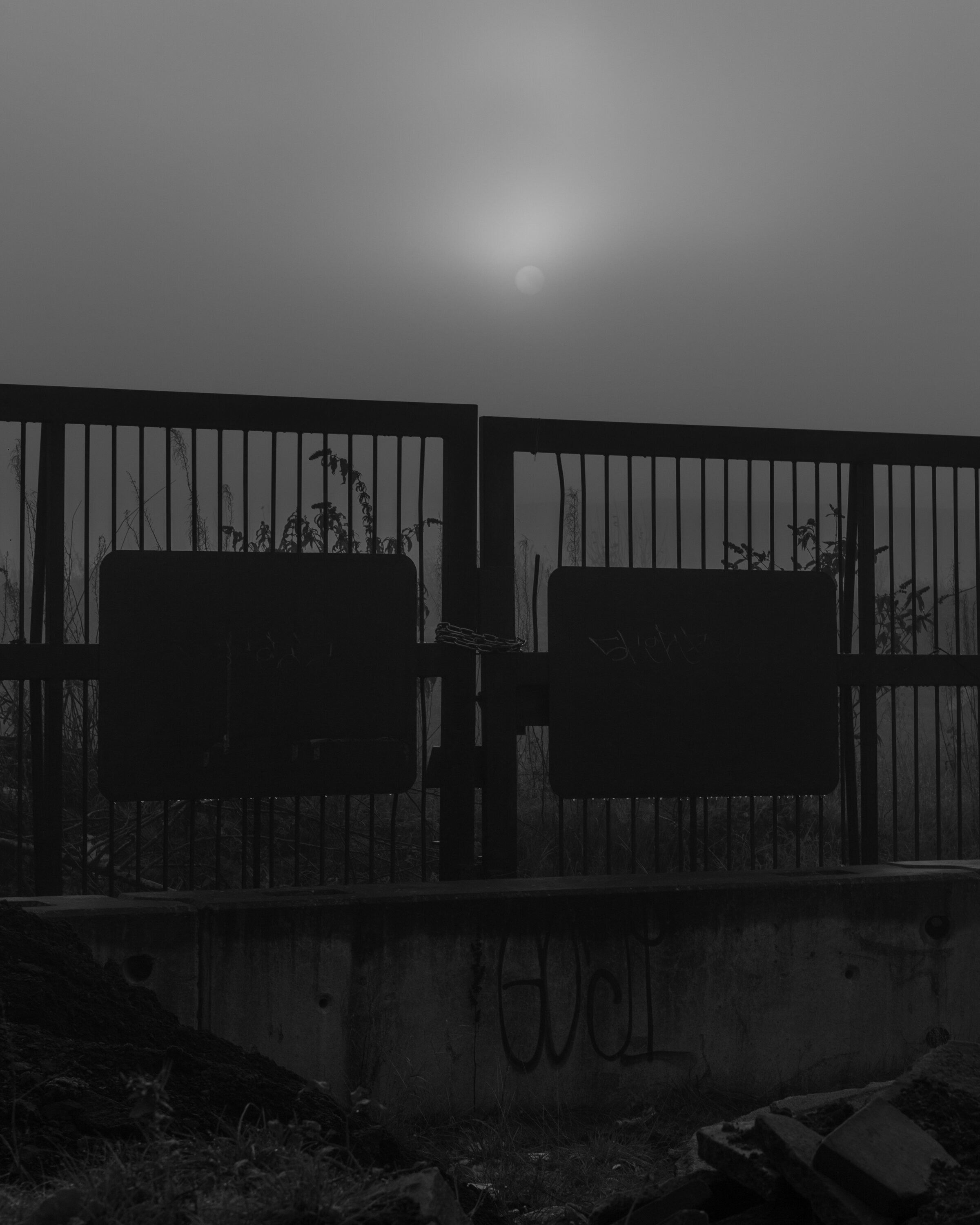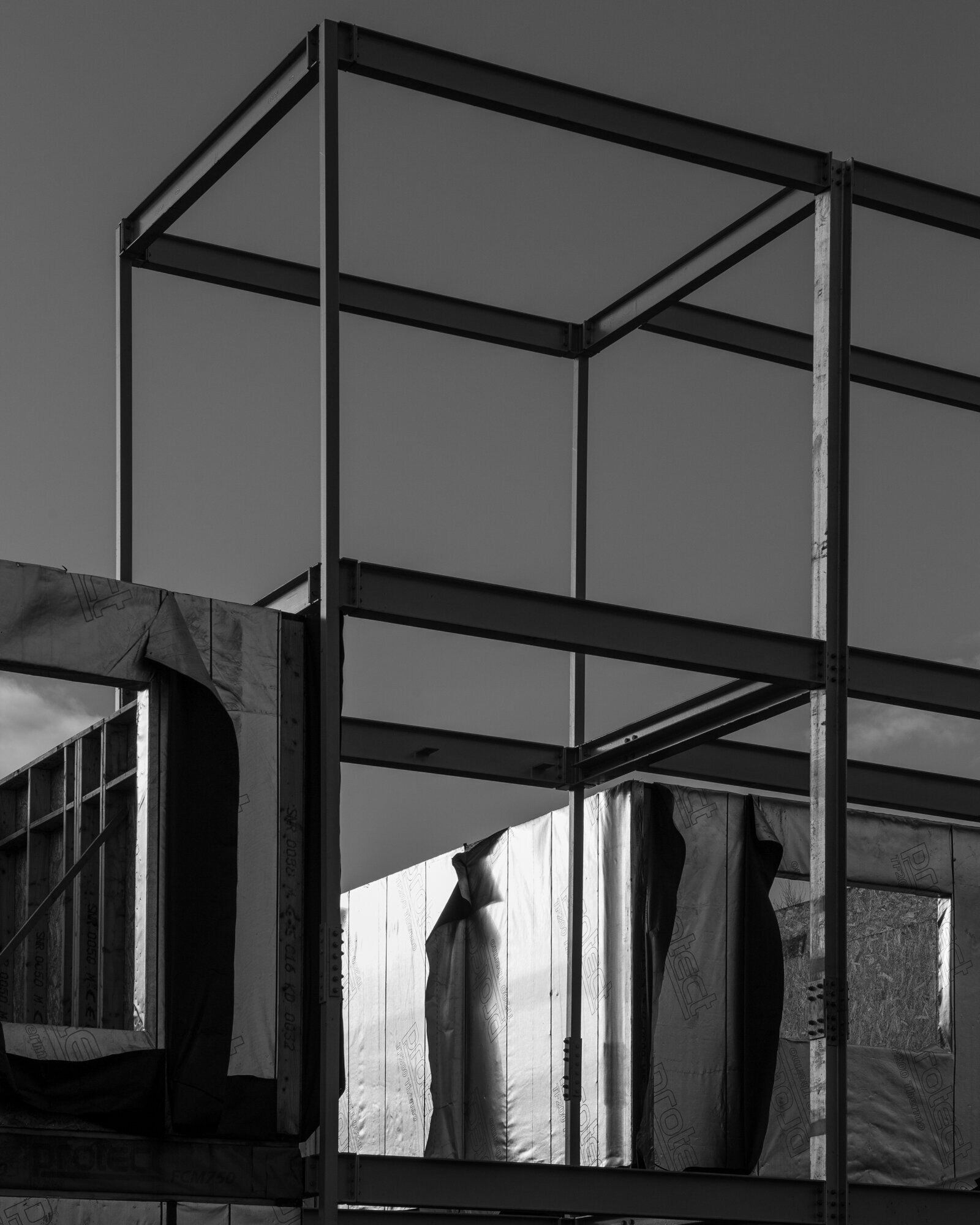ARTIST FIELD: WALKING
 Walking Art Practice Prompt:
Walking Art Practice Prompt:
“Walking faces us with many landscapes: there is the landscape outside of us, and the landscape inside of us. We enter a landscape, seen and unseen, but we also bring our landscape into it. We, too, are a landscape. The most successful artist walk is when an artist walker merges walking as a creative act with the act of deep seeing and deep listening. Creativity and perception merge, encompassing the inside and outside, the above and below, the around, behind, ahead, and before. When art is placed within the context of human society and Nature, referencing the social and ecological, not only does it draw from a different inventory to inform its content, but unexpected forms can be originated, as walking as art.”
-- Excerpts from Ernesto Pujol's 'Walking Art Practice: Reflections on Socially Engaged Paths.'
With seasons continually unfurling and other new beginnings marked by light, the return or departure of birds, the slowing down or speeding up of life, we invite you to consider a regular walking art practice, a ritual of observing, listening, making, and sharing.
For this ongoing practice, punctuated by shifting seasons and the changes within and around us they engender, we have invited artists to devote time to this practice and to make from it a portrait of place. Ideally we walk the same path, to really know a particular site (how does the light changs throughout the day, the feeling of surrounings, scents, sounds, what changes in the landscape, changes in the ecosystem-- have they flourished and diversified, or have they diminished with changing climates?
Our experience of place may be informed by our art practice, by our unique sensitivity, our process and desire: photographers may follow the light; field recordists will tune into surrounding soundscapes; filmmakers will make moving documents along their path. Work will be shared organically: digitally, in a book, a letter in the mail, a broadcast on the radio.
Alan Huck
 Marfa, Texas
Marfa, TexasNovember 20–27, 2020
“We drive over the earth for hours” (Travis Klunick)
Check engine light
Small town no hospital
WELCOME WINTER TEXANS
Ice plant tourism
Goat’s heads stuck to boots
(Not) toonie
PLEASE KILL ME
"The gaps between the days" (Clarke Coolidge)
Godbold, inc.
Willie Watts lives there
Pinto Canyon sunset
Thrift store grand opening
SEE MYSTERY LIGHTS
L.G.’s house in ruins
“It is the thing where it is” (Robert Creeley)
Dylan Haustor
A walk in January: I followed one specific deer trail in freshly fallen snow in southern Vermont for seven and a half hours, starting at 10pm and finishing around sunrise. I ended up finding the deer and their herd. This is an excerpt of the video I made that night. I also put the video itself through seven different digital and analog filters, which is why it looks the way it does.
Angus McCullough


The many days of walking in the woods blend together. I’ve been more engaged with the wooded patch behind my house than ever before. It’s felt both like a place other than my own home, and deeply connected to what that word actually means.
I’ve been noticing things, too, but the overall feeling I get while walking is that of being enmeshed, entangled, held, etc. There’s a small stream in these woods, which has been polluted over the many decades - i guess the common belief was to pitch trash down the bank and out of mind, rather than dispose of it in responsible ways. I wonder about these practices, and what “responsible trash” even looks like; is it just a mental trap enacted on the consumer class to believe that recycling really does what it promises? It feels to me that the only responsible approach is to be in response to the landscape, hopefully in a reciprocal way.
In that vein, a friend and I have been methodically pulling out tires and motor oil cans, plastic bottles, ceramic pipes, tarps, baby dolls, ancient beer cans, deer bones, plates, toilets, tricycles, sofa frames, etc and clearing the flow of water in the hopes that it might support some life again. It’s been a whole-year process, and now we’ve created small settling pools, filtering the water through gravel, sand, and the tumble from one pond to the next. It’s cleaning up: ferns have started growing, pitcher plants, mosses, etc, and frogs have found our little haven and almost entirely taken over. We released some goldfish in one pond this pas august and they are there today, swimming around and huddling for warmth below the iced surface.
It feels good to be in this relationship with the woods, and the water, which runs out from a spring all the way out to the Hudson. We get to touch the Atlantic ocean (perhaps!) through these small, muddy labors, and that feels good. To be in enmeshed, entangled, and held by the entire ecology of it all.
It’s changed my perspective of what my practice looks like. If the “studio” has shifted or expanded to include woods, then does it even look like a studio at all? What is a workspace if it doesn’t have walls, or even a demarcated boundary? It’s more like a way than a place now (potentially confusing given that this is all prompted by a deeper relationship to this place..).
I have, though, taken a few pictures, or maybe painted paintings, using trash (surprise, surprise), and hopefully in relation to this shifted perspective.
So far they are tarps and flags stretched onto old windows, and I’ve been calling them landscape paintings, which feels closest to how they work for me.
Sean Patrick Campbell
November
We are in lockdown tier 4 here in Glasgow, Scotland. This is the most severe level of lockdown in the current scale, so transit is limited. I am, however, lucky to have a studio space that remains open, and I work my day job from there. It's the walk from my home in Glasgow's Southside to the East End that I've been documenting, noticing, thinking through. It's a two and a half mile journey there and back each day, although by the time I leave in the evening what little winter sun we get has already vanished, so my return journey is purely contemplative. I like this, though. I walk home through a park, often in total darkness.
So the morning is where I make the images. The route is nothing special, really - skirting around the edges of the centre of the city, around the edges of the gentrification that stretches cruciform from the heart of Scotland's second city in all directions - but I notice the shimmer of divinity evidenced in the limits, in the waste-land, the unfinished and abandoned civic projects, the hidden paths of workers.








